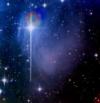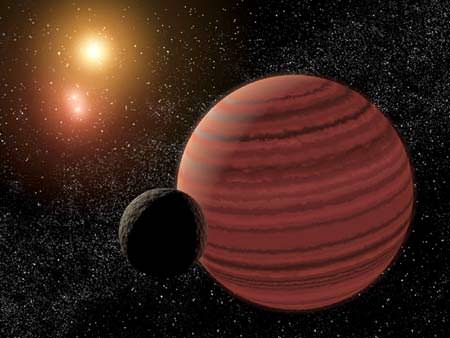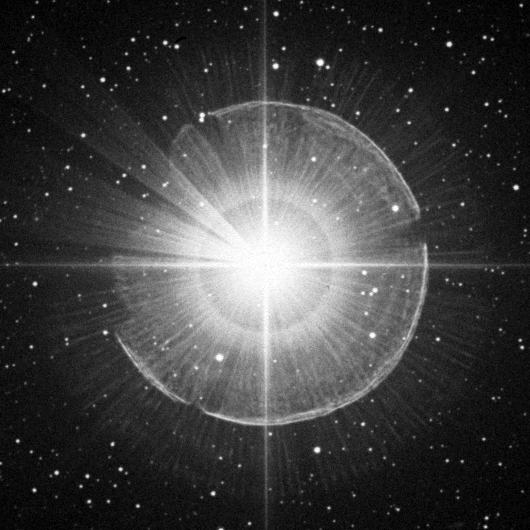

| Visitors Now: | |
| Total Visits: | |
| Total Stories: |

| Story Views | |
| Now: | |
| Last Hour: | |
| Last 24 Hours: | |
| Total: | |
Cool Brown Dwarf Star Discovered …. stars in wait of activation

But in time … I consider that the Annunakian’s sun sphere … will become fully active again … going from brown to red .. from red to a imploding white light at it’s mark of a quantum leap exit …

And also this is a good time to consider that there is a New Planet Earth which is soooo very similar to this sphere we now know as our home sphere … yet the New Earth is sustained in it’s perfected state .. and sets in a bubble barrier of an uncontaminated atmosphere …
A planet protected from all the negative elements in this Universe .. Her summers are as a slide show of picture perfect frames of beauty … Her winters glisten and sparkles of ice and snow never been touched by contamination of any sort … nor will it ever …
And when the time come … a world of people … made compatible with both frequency and atmosphere …. will be received into the barriers of Her blissfulness and wonders …
In groups they will travel the Wormhole Portal passage via 12 activation calls of a High Frequency Positive Light Ion Stream ….
It’s always a good time to remember .. that we are part of the finished plan, of a New Creation …
UNIVERSITY PARK, Pa., Oct. 20 (UPI) — The Spitzer Space Telescope has captured images of the coldest companion object to be directly imaged outside our solar system, U.S. scientists say.
Penn State astronomy Professor Kevin Luhman said the planet-sized brown dwarf moving through space with a companion white dwarf star is as cool as Earth.
“This planet-like companion is the coldest object ever directly photographed outside our solar system,” said Luhman, who led the discovery team. “Its mass is about the same as many of the known extra-solar planets — about six to nine times the mass of Jupiter — but in other ways it is more like a star.
“Essentially, what we have found is a very small star with an atmospheric temperature about cool as the Earth’s.”
A brown dwarf forms just like a star out of a massive cloud of dust and gas but its mass is not enough to ignite thermonuclear reactions in its core, resulting in a failed star that is very cool.



